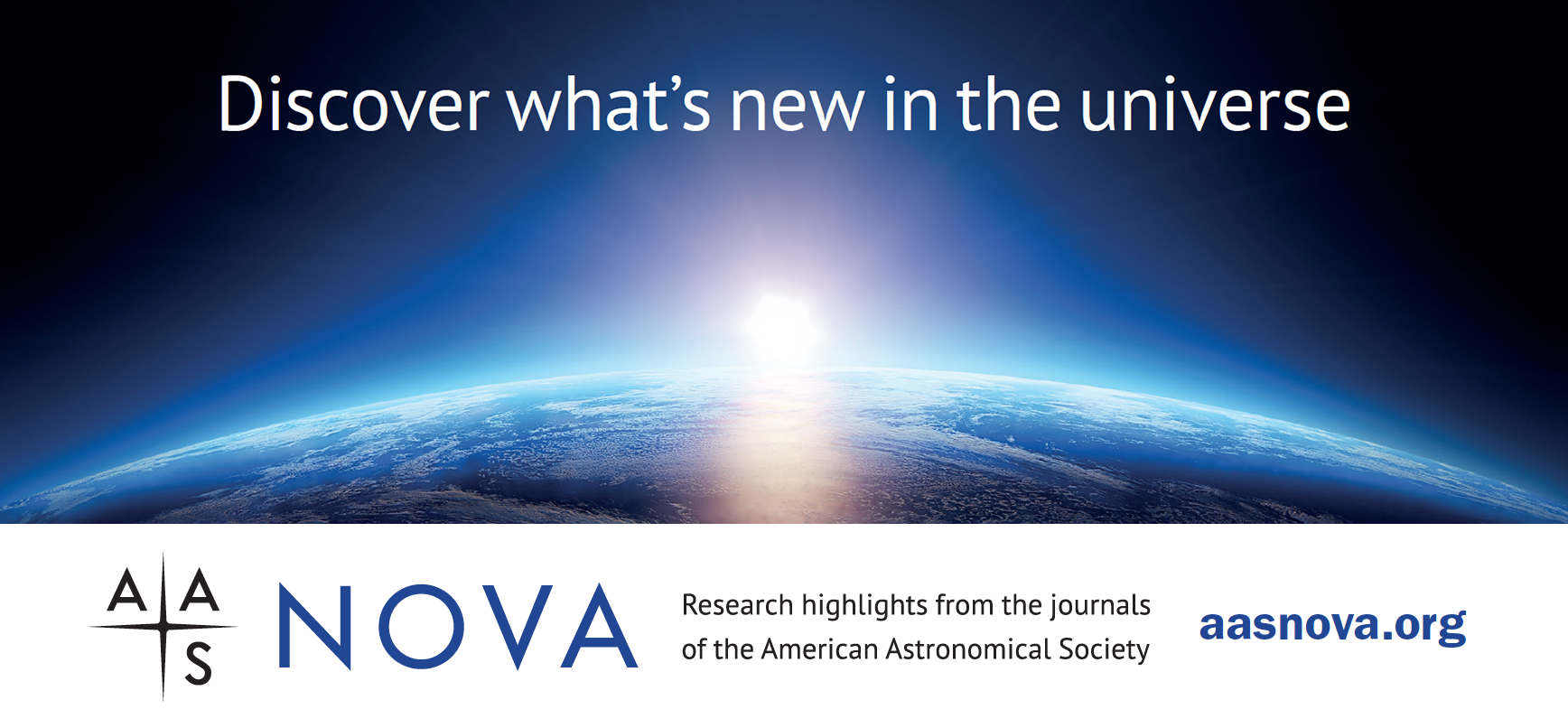Highlights from AAS Nova: 11-25 March 2023

Kerry Hensley American Astronomical Society (AAS)
AAS Nova provides brief highlights of recently published articles from the AAS journals, i.e., The Astronomical Journal (AJ), The Astrophysical Journal (ApJ), ApJ Letters, ApJ Supplements, The Planetary Science Journal, and Research Notes of the AAS. The website's intent is to gain broader exposure for AAS authors and to provide astronomy researchers and enthusiasts with summaries of recent, interesting research across a wide range of astronomical fields.

The following are the AAS Nova highlights from the past two weeks; follow the links to read more, or visit AAS Nova for more posts.
24 March 2023
Investigating Polarized Magnetar Flares
A magnetar released polarized X-rays, and researchers used spacecraft data to understand how it generated the powerful flare.
22 March 2023
Age Is Just a Number: Radioactive Dating in Stars
Astrobites reports on how to determine the ages of stars by measuring their uranium reserves as they slowly tick away.
20 March 2023
Featured Image: A Neutron Star Collision
Researchers use complex fluid dynamics models to understand what happens when neutron stars — the ultra-dense remnants of massive stars — meet in a catastrophic collision.
17 March 2023
Deep Learning, Deep Images, Disk Galaxies
Modern machine learning algorithms, paired with the most cutting-edge JWST data, are uncovering previously hidden young disk galaxies.
15 March 2023
Update on JWST Observations of Galaxy Cluster SMACS 0723
Five recent research articles examine the first JWST image, demystifying dark matter distributions, cataloging chemical abundances, and glimpsing globular clusters.
13 March 2023
Could Rings Explain an Intriguing Exoplanet Spectrum?
Astrobites reports on K2-33b: a potentially puffy planet that might be a Saturn-like satellite instead.


